Camouflage and Night Vision: Expectations vs Reality
Disclaimer: This topic is surely one of the most time consuming I have had so far. It is also a wide throw that covers areas most of the average readers might find boring. Others, however, might find it to be a basic entry piece, piecing together some parts of the puzzle of night vision.
I have tried to research everything to the best of my knowledge. However, I am not an expert in physics or textile production, so if you find a factual error, please let me know and contact me – with a reference to some research, ideally.
For more in depth articles on camouflage, including the NIR and SWIR performance, see Hyperstealth!
*Edit 1: Many thx to @Fallax_Deception for the feedback!
Introduction
Very often you can find several recurring questions when it comes to the discussion on specific camouflage patterns on social media etc. One of which is “how does it perform under NIR?” or “is it (N)IR safe”. It appears this is just another quirk of the industry nerds – me included, don’t get me wrong.
However, there is more to the topic as one might suspect (as always). So for the last few months, I have been diving into this field, learning more about the (N)IR aspects of camouflage and getting one reality check after another. Reason enough for a write up, before a series of camouflage tests under night vision are going to follow.
At this point: Shout Out to Lunox Night Vision! These guys made this possible by providing me with a PVS-14! As I cannot afford a decent night vision set myself, this was a huge leap of faith and massive help from their part!
Adding to that: the excellent IR reflector patches by Avustaja helped in a) focusing the shots, and b) providing proof of IR illumators!
Night Vision: getting the terms and data right
So, when talking about IR or NIR capability of camouflage patterns a very important term is “near infrared”. Of course there is also ultraviolet and far infrared, but the actual wavelength and range of light, which is important for us right now, is the spectrum of 700 nm to 2000 nm (nm meaning nanometres).
Most camouflage patterns are situated in the 700-1200 nm range (at least according to NATO Stanag 2338 „NATO Green Camouflage Spectral Curves – Visual and Near Infra-Red Requirements.)
I am no physicist, so I will leave it at that. What is important, however, is that in these ranges, the process of detection is being conducted by reflection of light just like in the visual spectrum of humans. So while the human eye might not see the colors and objects under these circumstances (everything we see is a particular reflection of light), Night Vision Devices pick up the reflecting light in these wavelengths and make them visible to the user.
So two key takeaways here are: “near infrared” and “reflection”. You might also stumble across the term “IRR”, which means infrared reflective.
Apart from that, let’s mention the usual terms for night vision devices (NVD), night vision goggles (NVG) and Night Observation Devices (NODs).
Regarding the terms for night vision devices, it is worth noting that NVD, NVG, and NOD are often used interchangeably to refer to any type of device that provides enhanced visibility in low-light or no-light conditions. However, there are some differences between them in terms of their specific applications and features. For example, NVG may refer specifically to goggles that are worn on the head, while NOD may refer to a broader range of devices that can be used for observation, surveillance, or targeting purposes.
Colors and Infrared
The human eye can only see a partial spectrum of light, which ranges from around 400nm to 700nm. These wavelengths determine how we as human beings perceive different colors.
Within this range, different colors of light correspond to different wavelengths. For example, red light has a longer wavelength than blue light. When visible light transitions into NIR, the colors of the visible spectrum gradually blend into each other and eventually disappear for us, as the wavelengths become too long to be detected by the human eye.
Looking at the various ranges, one can see that the spectrum of each color blends into the others, meaning that there are no strict borders, when a color changes.
Here is a chart with the colors of the light spectrum, visible to the human eye:
| The Visible Light Spectrum | |
| Color | Wavelength (nm) |
| Red | 625 – 740 |
| Orange | 590 – 625 |
| Yellow | 565 – 590 |
| Green | 520 – 565 |
| Cyan | 500 – 520 |
| Blue | 435 – 500 |
| Violet | 380 – 435 |
On the low end of the wavelength borders the ultraviolet spectrum, not visible to the human eye, and on the high end starts infrared.
Colors and materials tend to absorb or reflect (infrared) light differently. The various degrees of how much the light is absorbed or reflected can be measured in values. The tricky part of these values is that they have different implications for the visual or NIR spectrum.
Because objects, which appear to have the same color in the human visual spectrum, can look different using NVDs, as those devices tend to strongly differentiate between different reflectance values. Therefore, they visualize the objects in different shades under NIR as a result of the technology used. So depending on the range of wavelength the devices work with, the ability to detect, distinguish and display colors changes.
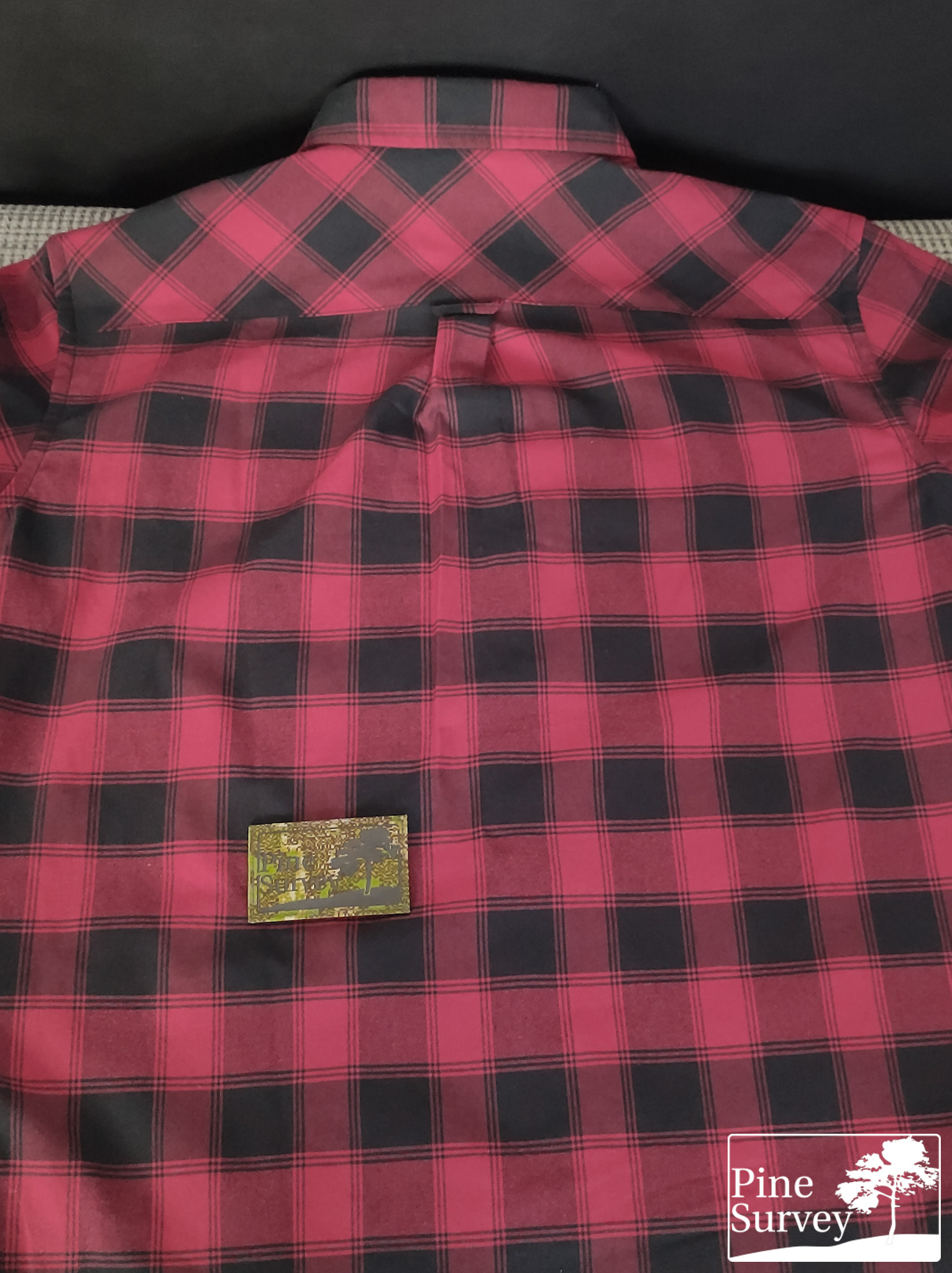
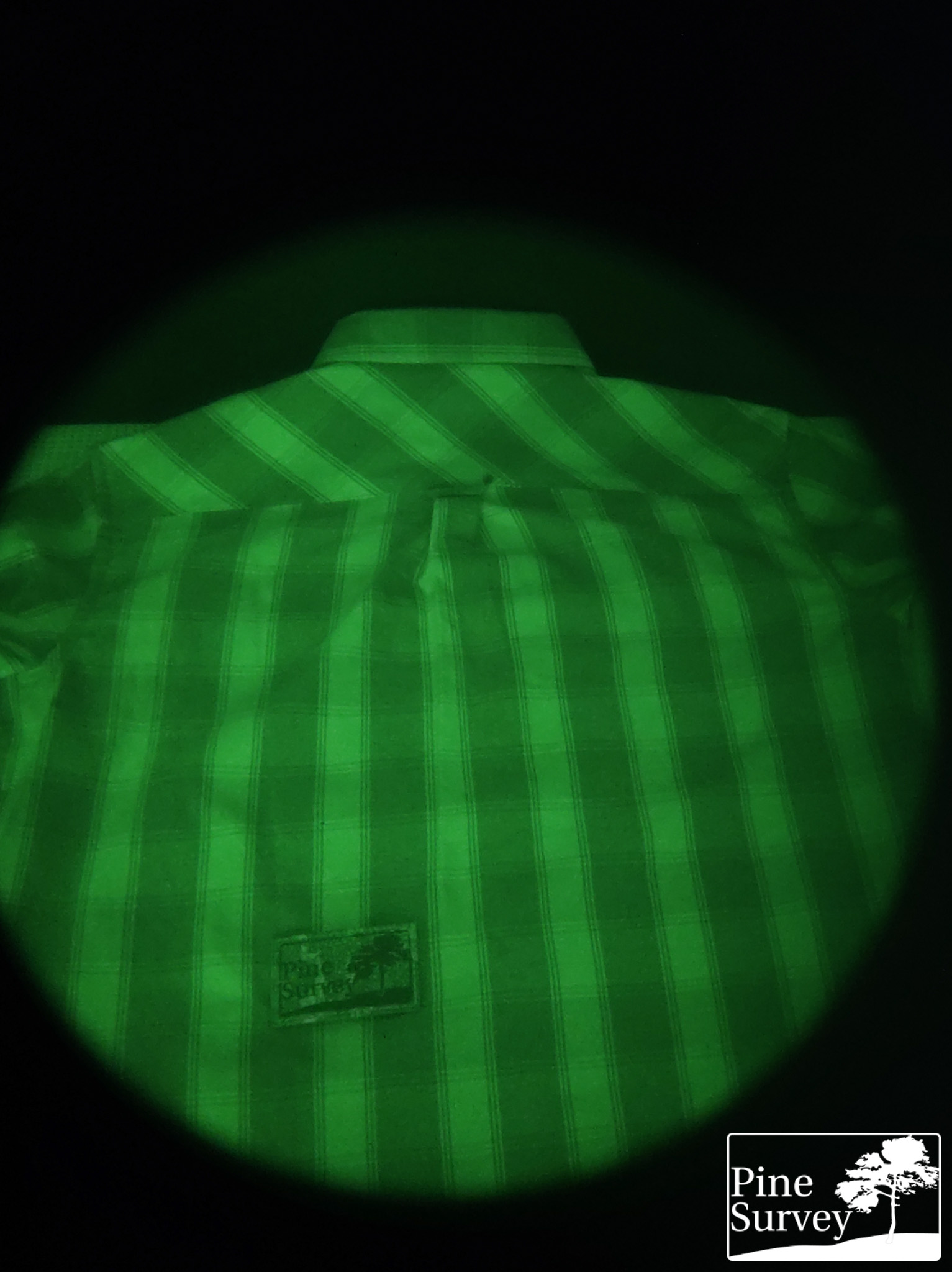
One important point to note is that the respective range of wavelengths in the near-infrared spectrum, which is important for camouflage patterns, can vary depending on the specific application and environment, as these come with different colors and materials. Urban locations feature different surfaces and reflectance values than a forest for example.
So the important thing to grasp in this regard is: colors, even seemingly the same ones, appear differently under NIR depending on the materials, surfaces and environmental factors. It is not unusual that black fabrics appear to be white when looking through NVDs or vice versa. Some materials, which tend to look subdued in the everyday visual spectrum of human vision, might appear completely different, because of their reflectance value, and as a result shine brighter.

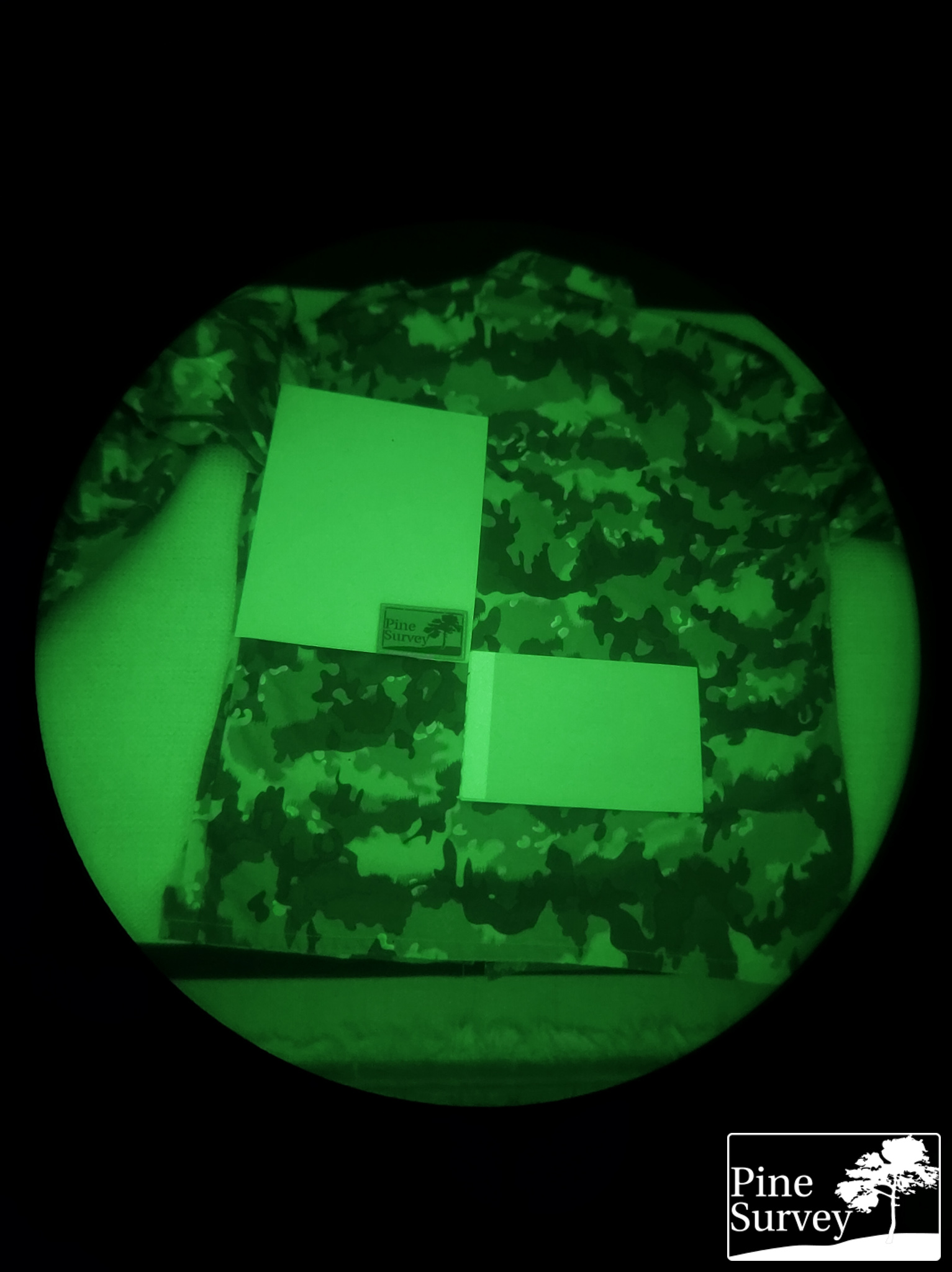
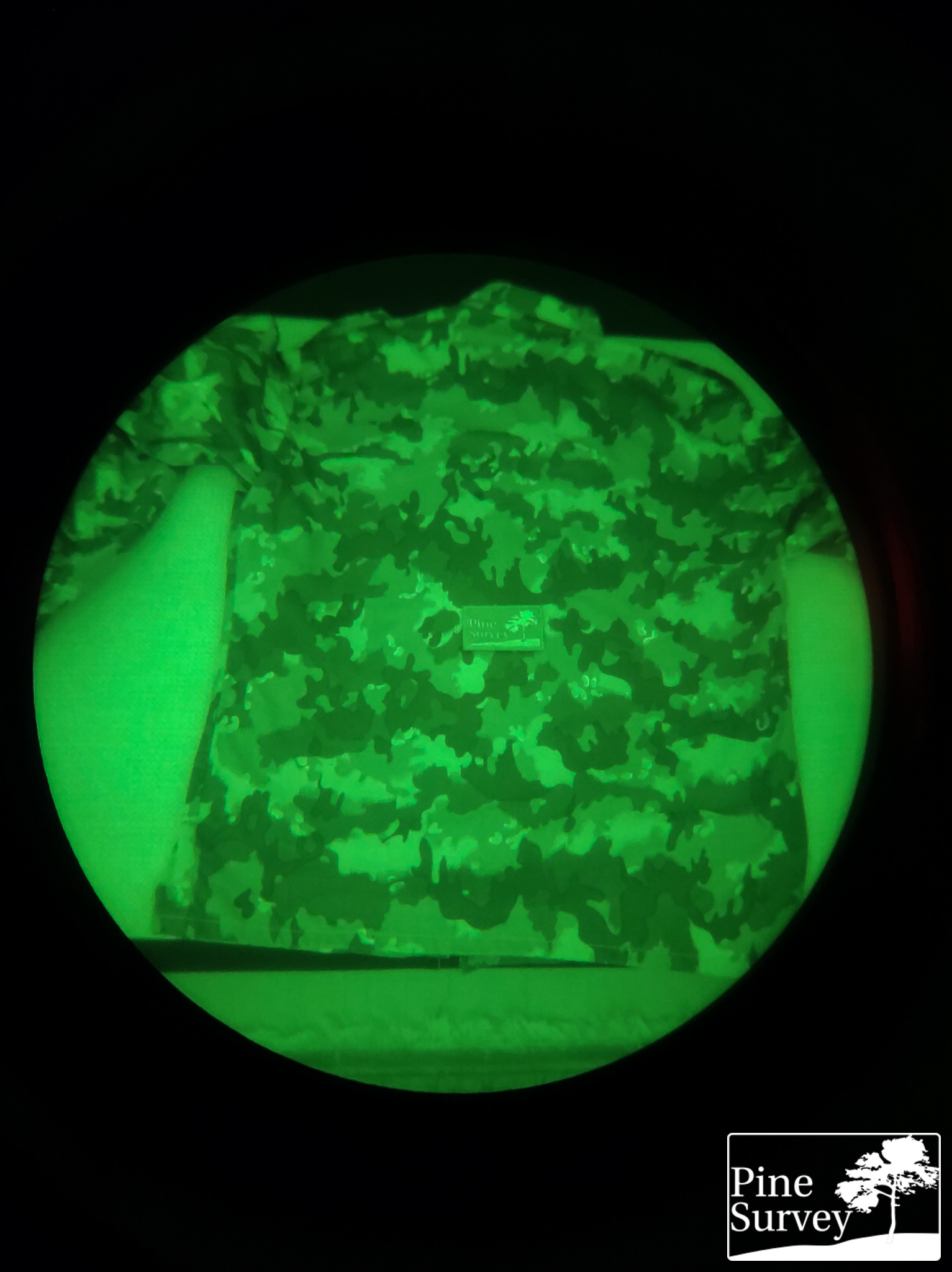
Additionally, it is worth noting that the reflectance properties of a material can be affected by a number of factors, including the angle of incidence, the composition and texture of the surface, and the presence of any coatings or treatments. For this reason, the development of effective NIR camouflage materials requires careful testing and evaluation under a variety of conditions.
To glow or not to glow
“The pants/vest/jacket/xyz glows under NIR!”
I am pretty sure you have read or heard something like that at one point. Having all the above mentioned aspects in mind, it becomes clear why and what is happening.
Apparel and equipment used for the military has to conform to a certain standard. As a result national armies adopted specific requirements in terms of reflectance values and other color characteristics. In the end the goal is to find a balance in a mix of colors that not only fit the operational environment and work in the human visual range, but also have the necessary reflectance values – apart from other aspects I might not be aware of.
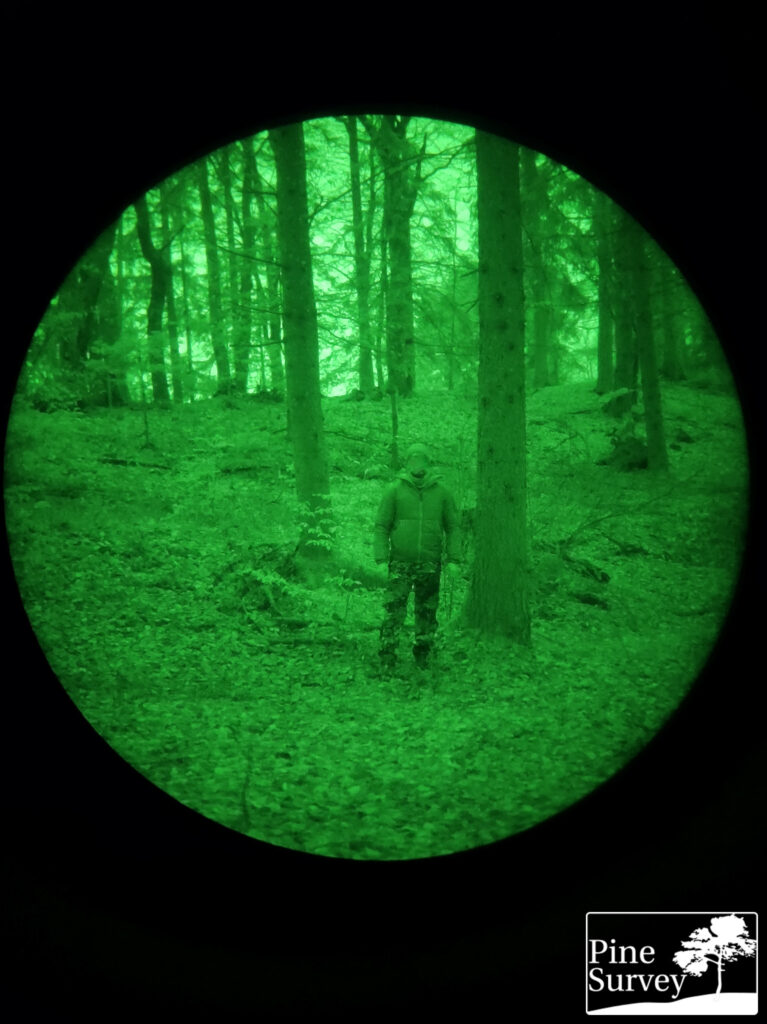
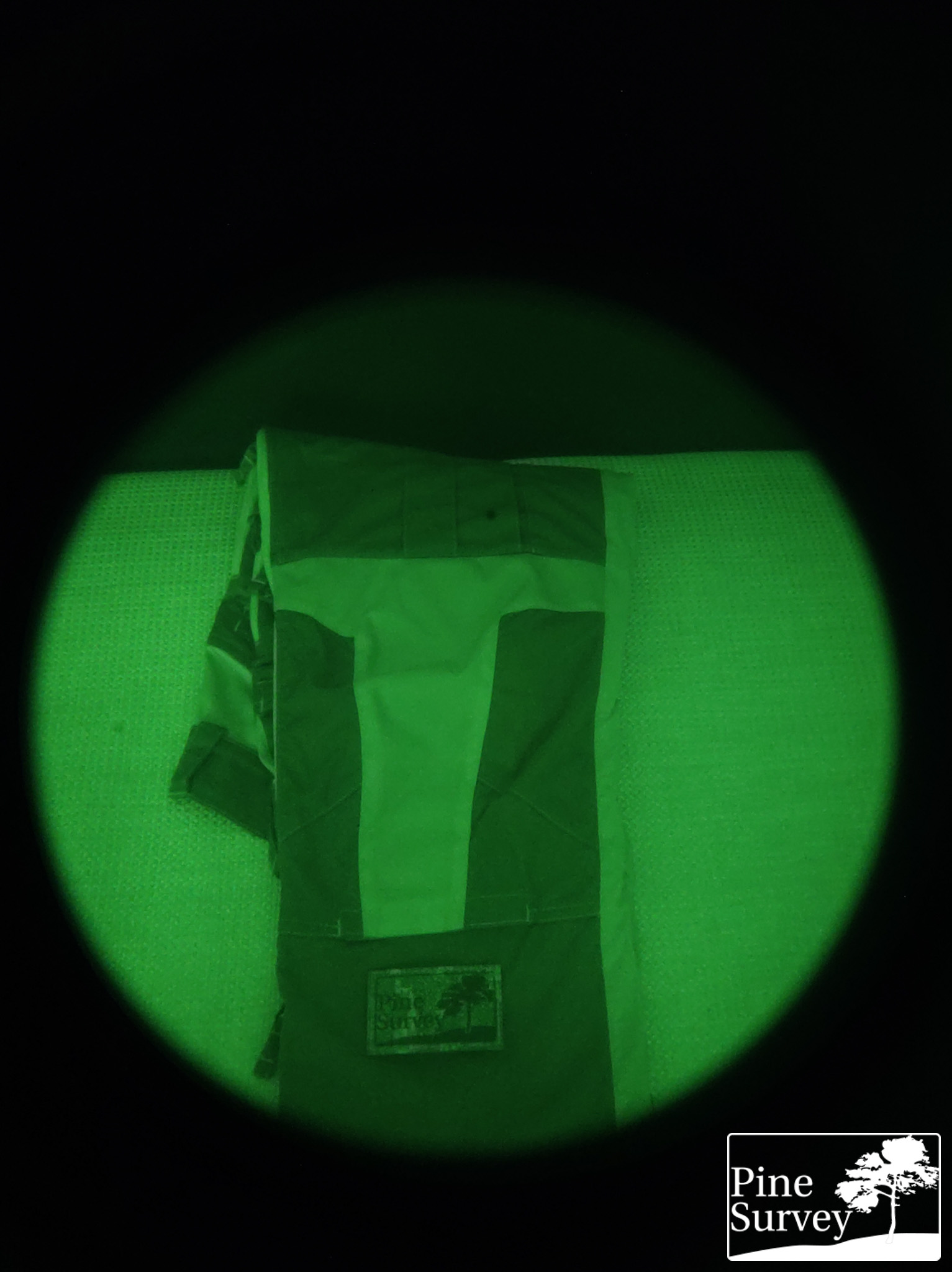
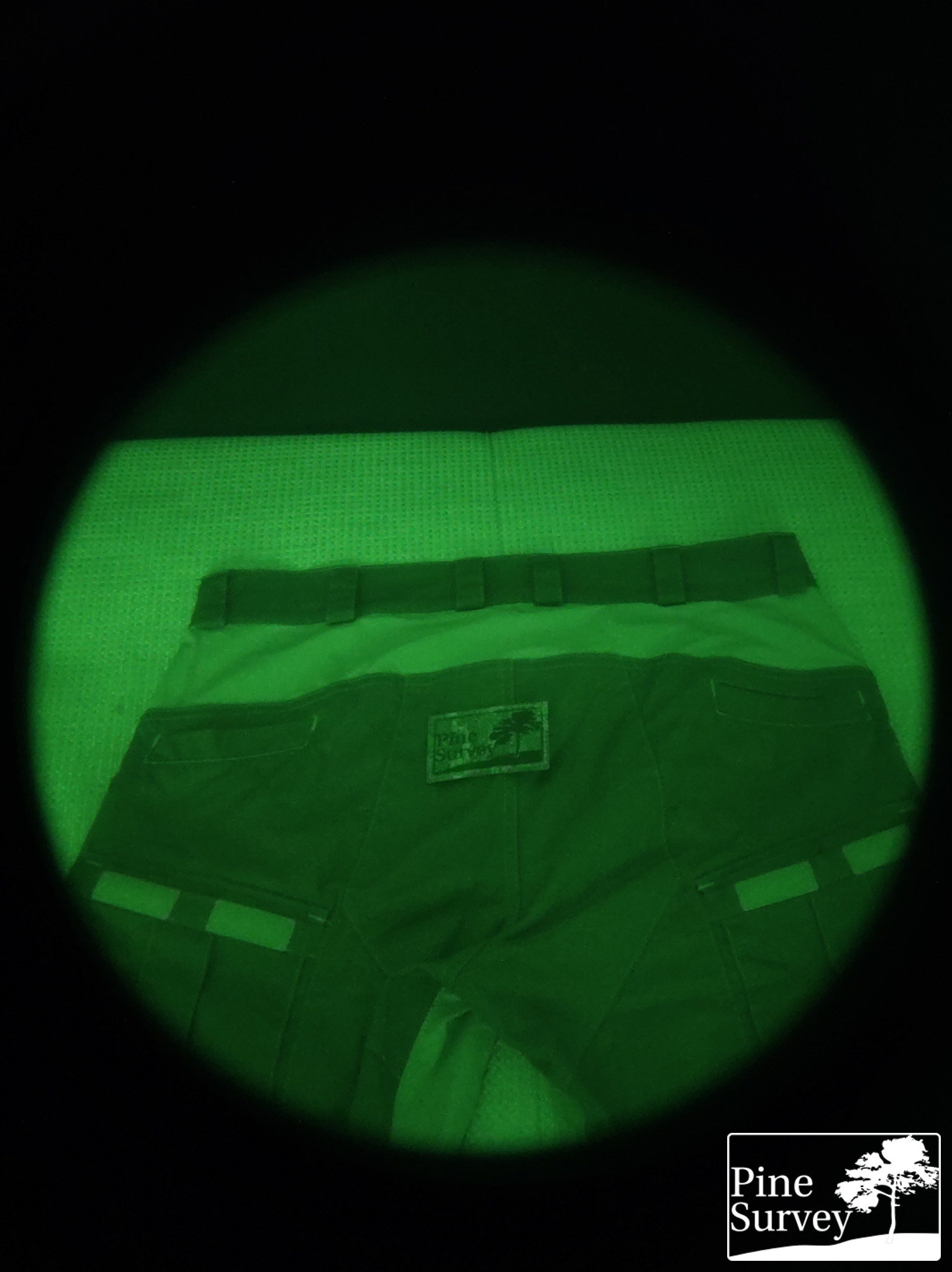
Long story short: military clothes and gear need to fulfill mil-spec requirements when it comes to their camouflage and NIR performance. They should work in the human visual spectrum and also perform under NIR conditions. Meaning, the fabrics should not reflect NIR light in a way that most people misleadingly call “glow”.
But what is even more important: In an ideal case, the colors and NIR treatment of camouflage patterns is so good that it displays its elements under NIR, providing the concealment effect of the actual camouflage pattern through blending and disruption.
Not all do. M81 woodland is infamous for its black fractals to pop out under NIR, while the rest of the pattern elements disappear. Modern camouflage patterns – commercial and military – show their various pattern elements under NIR, thus providing their camouflage effect not only by not “glowing”, but also by the disruptive properties of the specific pattern.
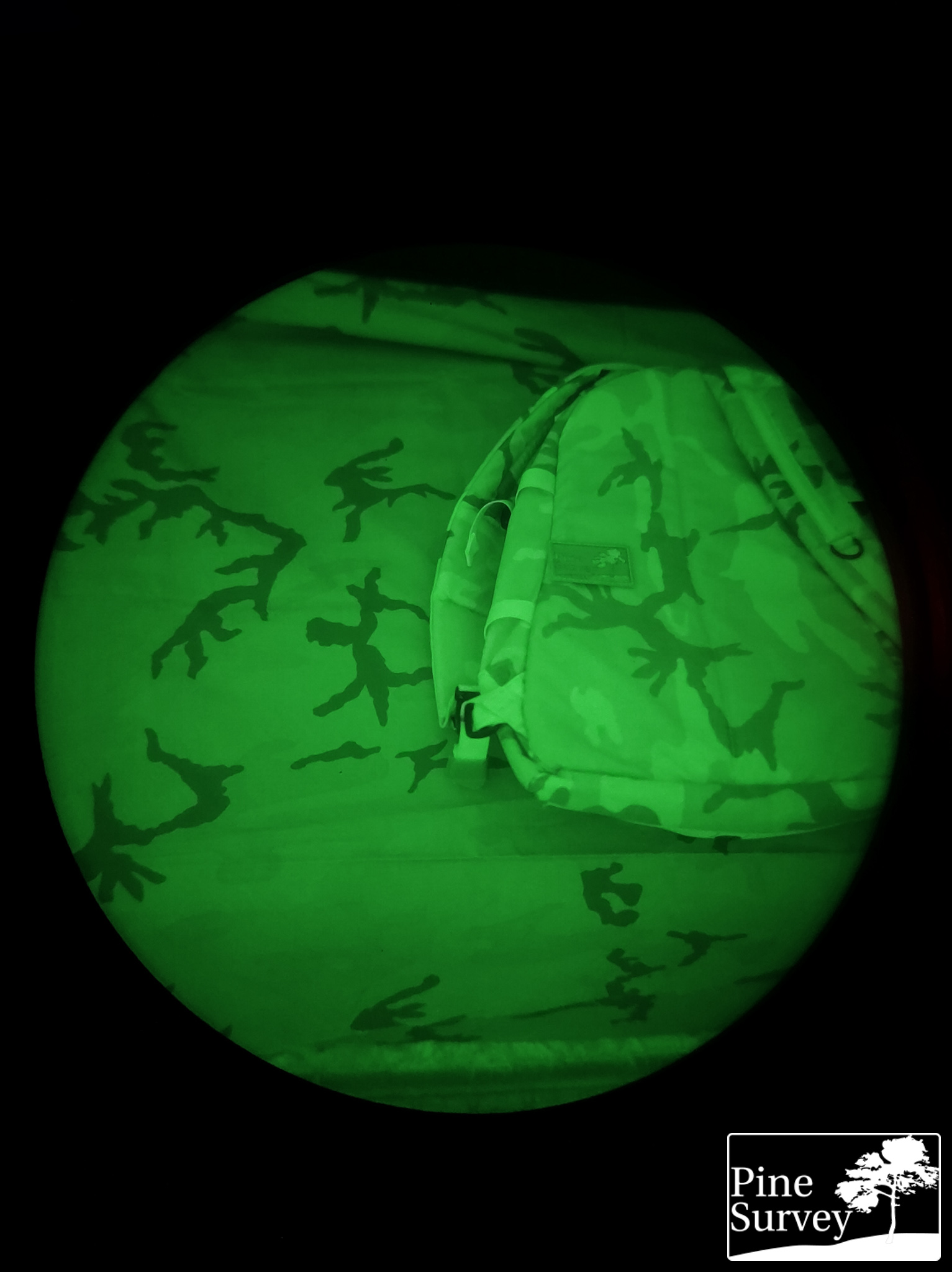
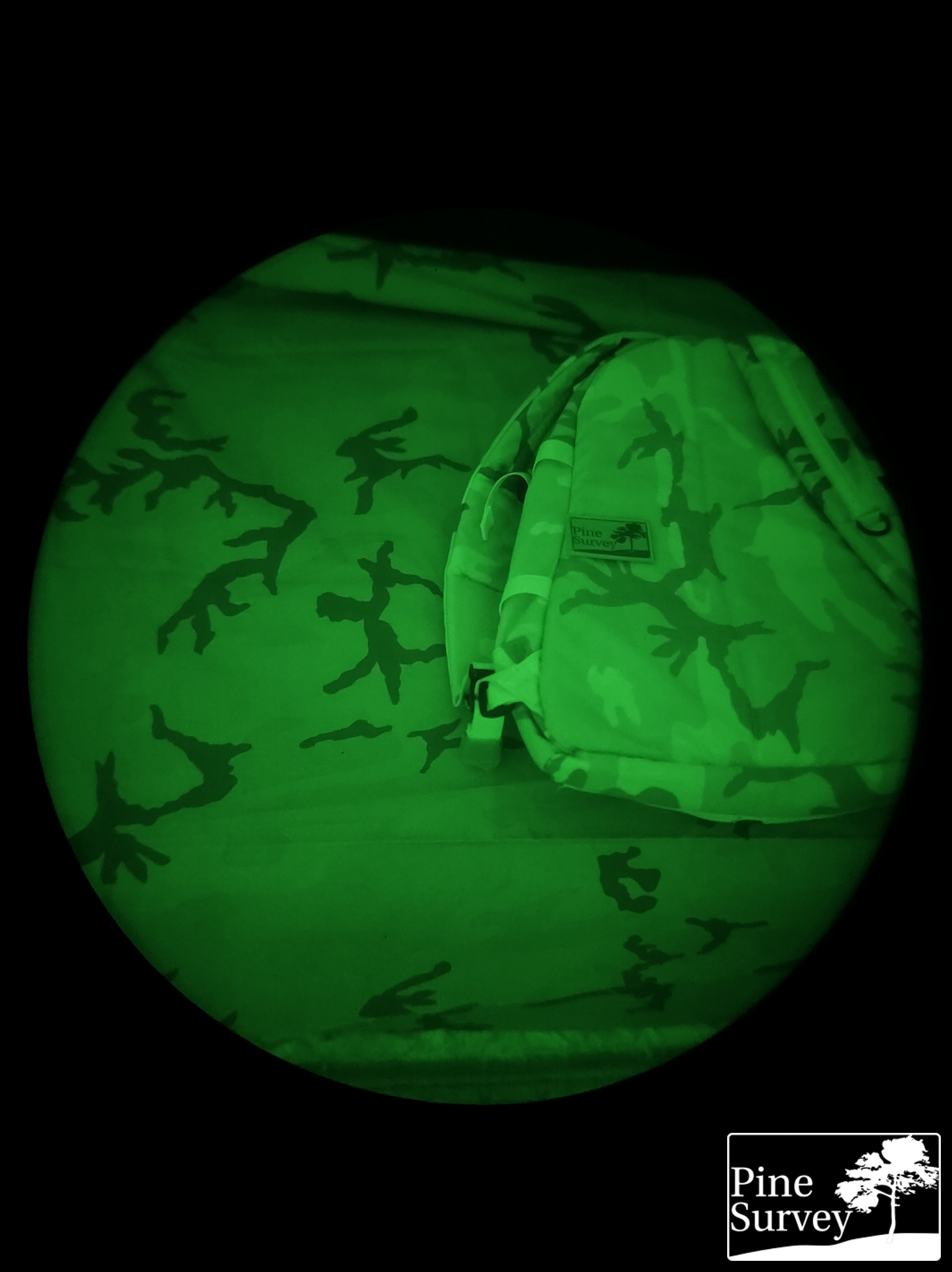
That being said, the importance of macro elements becomes higher in the NIR spectrum (in my humble opinion), as the blending effect of different colors within the pattern can suffer from their reflectance values, and how they are visualized by the NVD.
Desert patterns in particular, suffer from this, as the tan/brown/khaki colors merge into each other for example. This merging of colors can also make camouflage patterns appear without any contrast – so while they may not shine or “glow” under NIR because of their treatment and choice of dye, they can appear monotone. This might be favorable to some, as the camouflage does not “glow”, however, the actual purpose of the camouflage pattern is put ad absurdum.
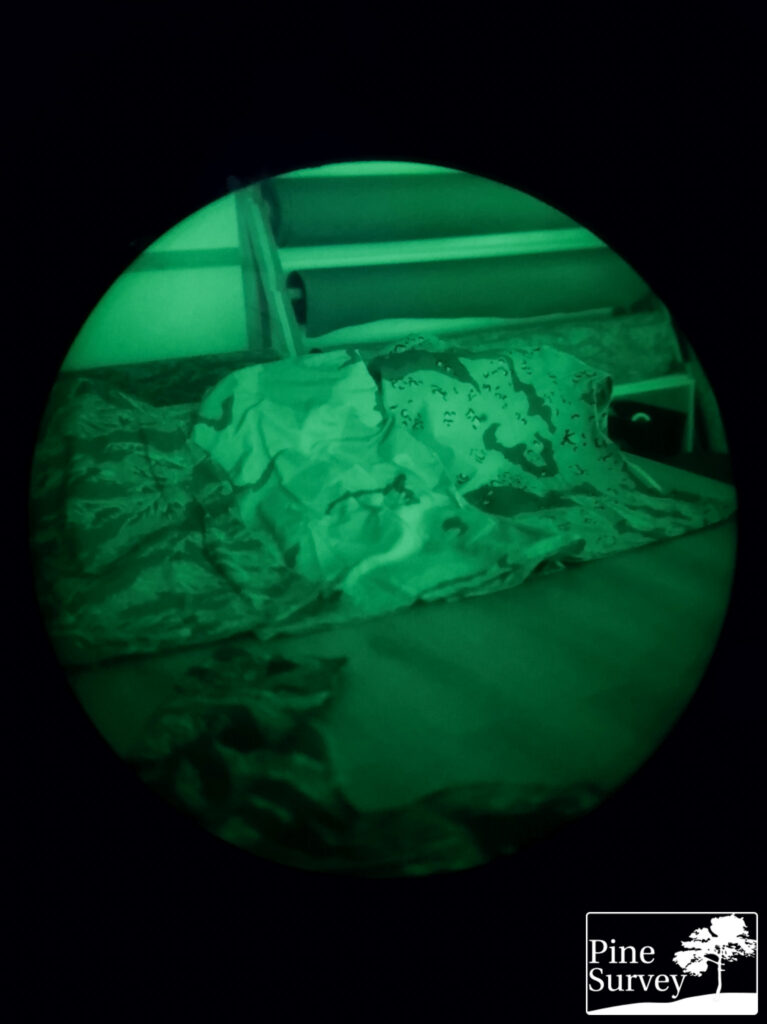
However… if only it was that easy, because… wait for it… nature „glows“.
Those of you that paid attention to, or had the luxury of biology classes, might know that plants absorb light to fuel the process of photosynthesis, which results in energy for the plants, and oxygen for living beings.
In this process chlorophyll is being created, the pigment that provides nature with its wonderful green color. And in this pigment lies the point I am trying to make: the more chlorophyll in the plant, the higher the reflectance value. Thus: nature glows, especially in lush green locations. This effect ist called „red edge“ and this reflection of infrared light helps the plants from overheating during photosynthesis.
This creates issues one might not expect in the first place. Silhouettes of perfectly mil-spec NIR camouflage, designed to reflect as little as possible, might stand out against the glowing vegetation.
This is just one example, which leads us to the next issue: any other environment than woods, grass fields, jungle etc also has to be considered. Urban environments with its various materials like concrete, tarmac, steel, glass, bricks etc. are just as different as sand or snow.
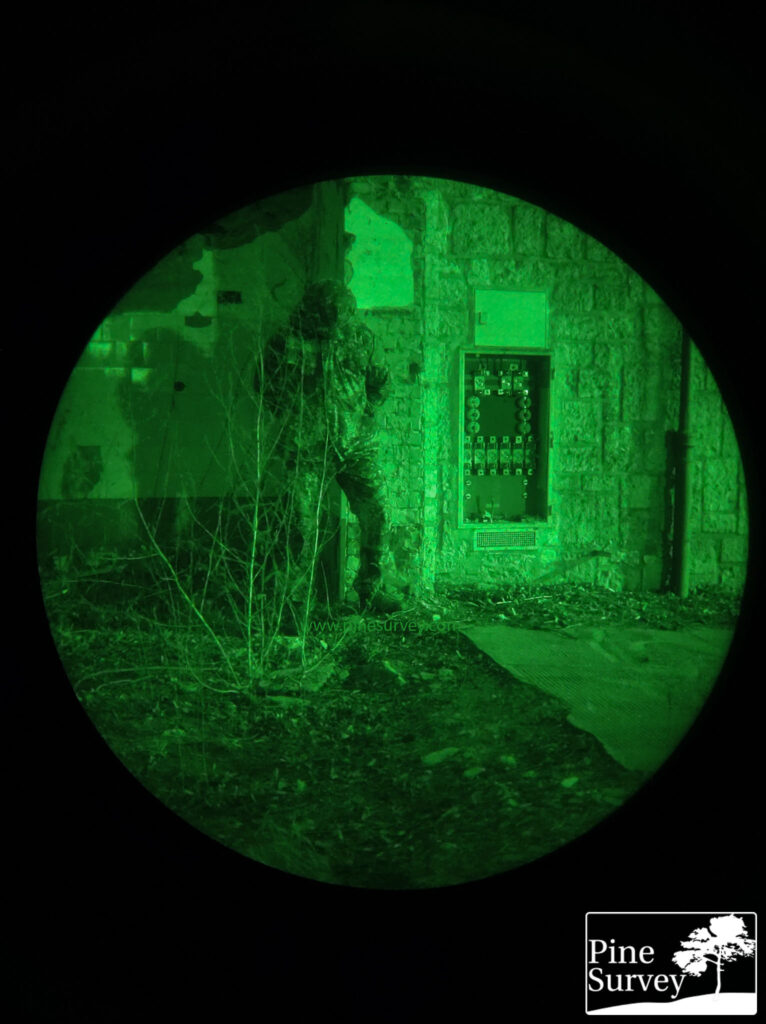
Conclusion of part 1
There are several things to consider, when talking about camouflage and night vision. As there is not so much information out there, several misconceptions have found their way into the public discourse.
In this part I could only give a very basic overview of some terms, principles and realities. Namely the various terms for devices, some bullet points on wavelengths, the fact that it all comes down to reflection values, and that military camouflage patterns aim to find a balance in these aspects.
“Glow” is overrated and a hyped term, as nature glows as well. Good camouflage patterns not only feature a clear pattern under NIR, but also find a balance with regards to the reflectance values, in order to achieve the necessary contrast to display the camouflage pattern and address the issue of „glowing“ environments.
In an upcoming article – or part 2 of this series – I will touch on IR illuminators, the realities of military applications of NVDs as well as some textile aspects. Bear with me… it can be only a question of years…
Thanks for the support! And again, many thanks to Lunox Nightvision !
Also a heads up… everything from this point on with regards to night vision, will be Patreon exclusive, like the “Eyes in the sky” series!
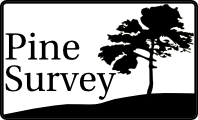

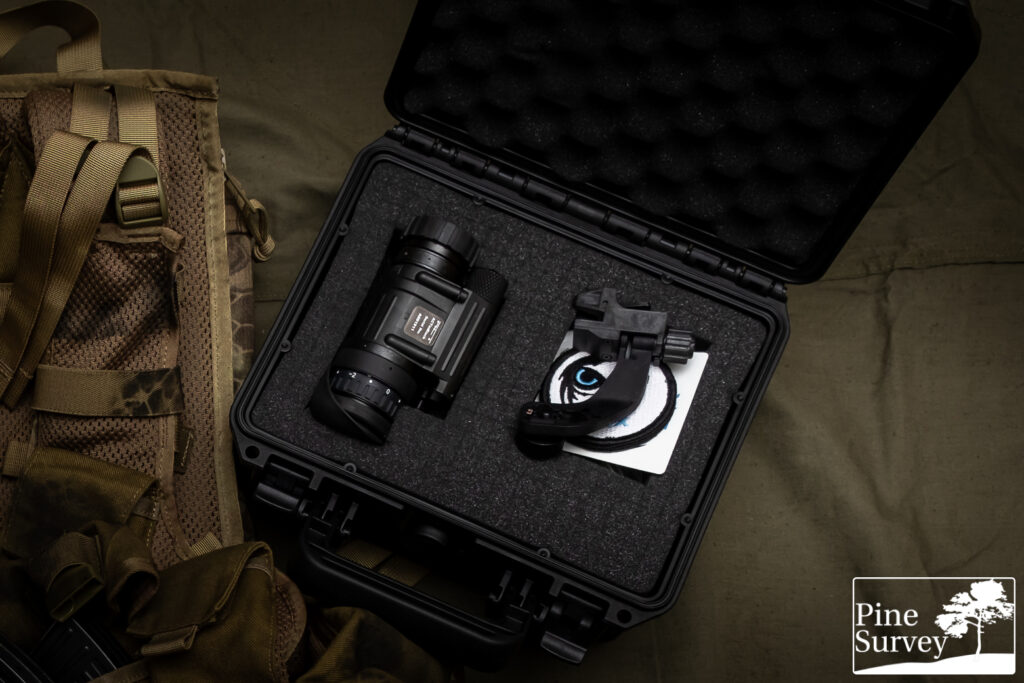
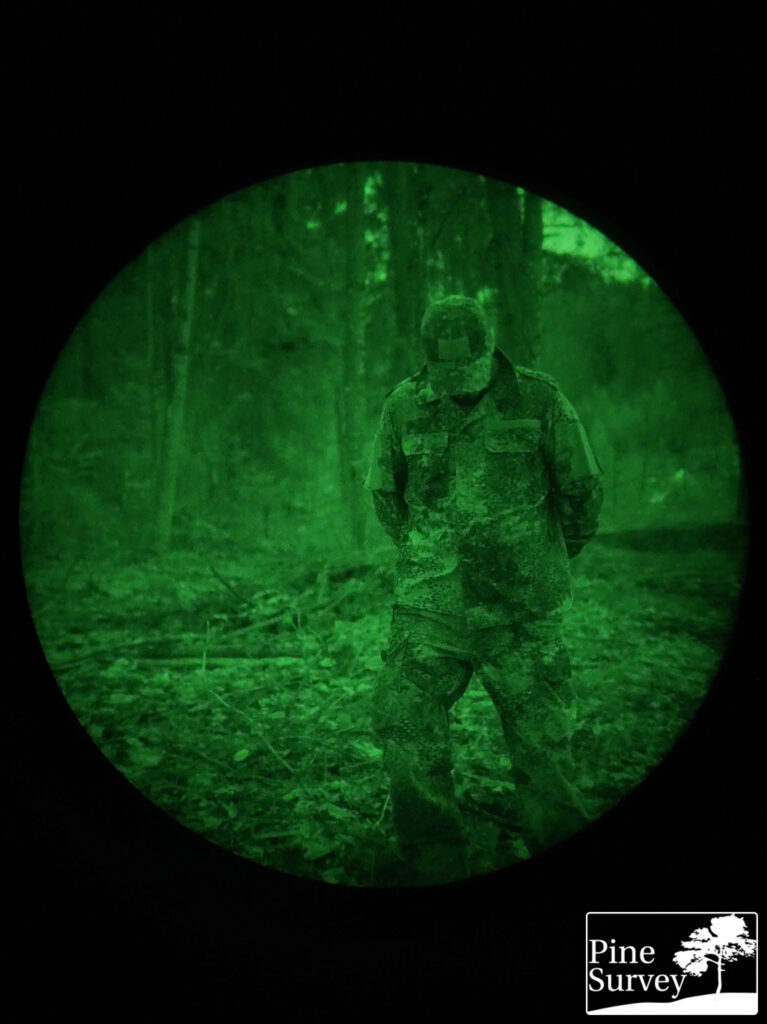
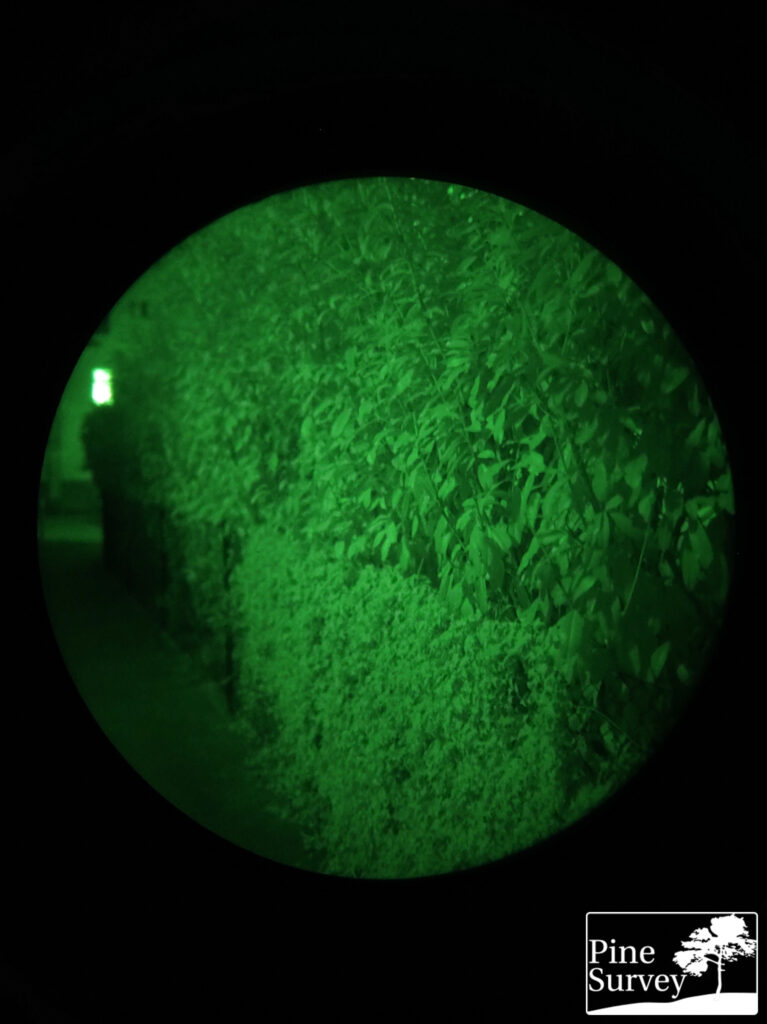
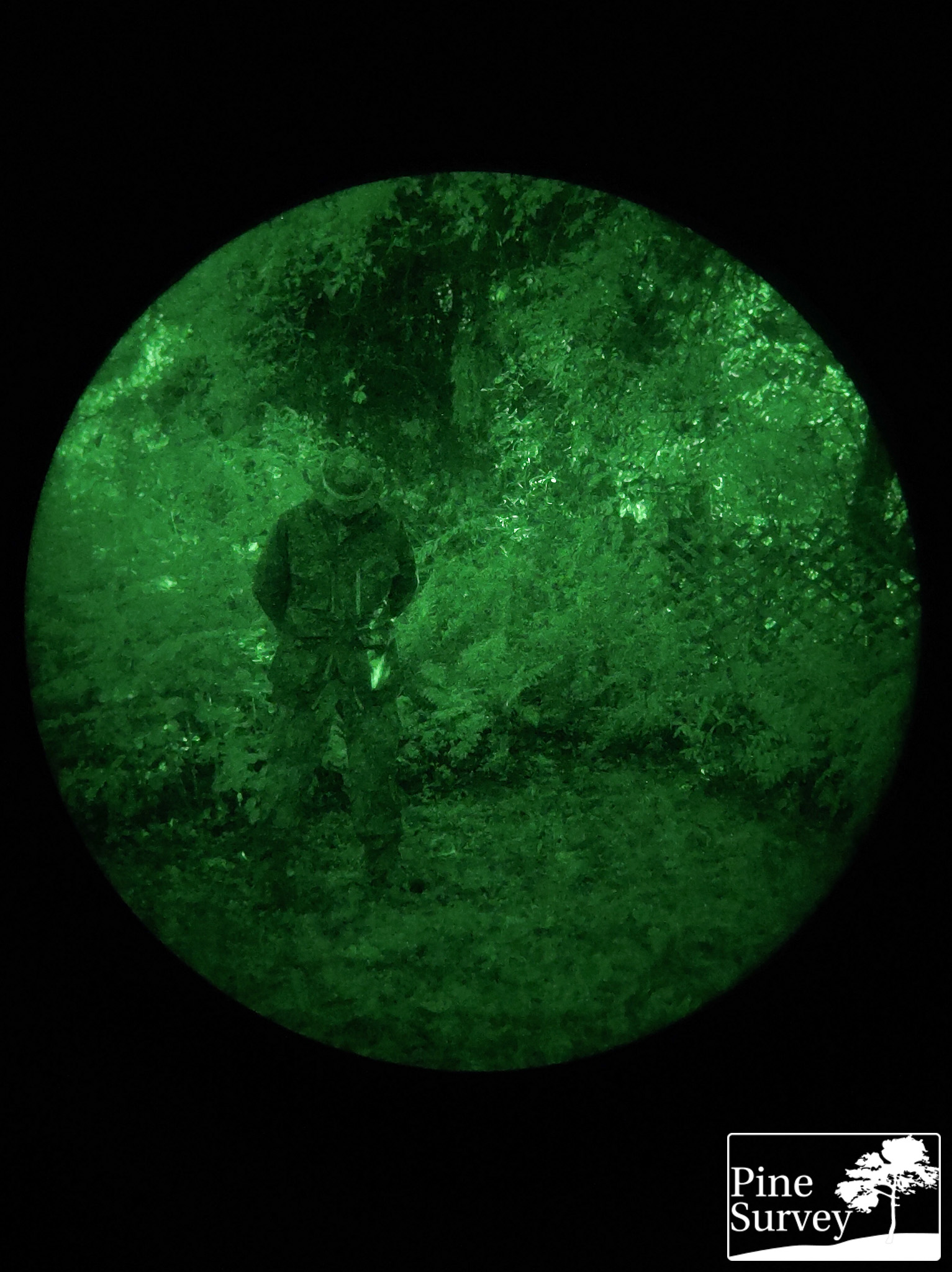
No Comment
You can post first response comment.